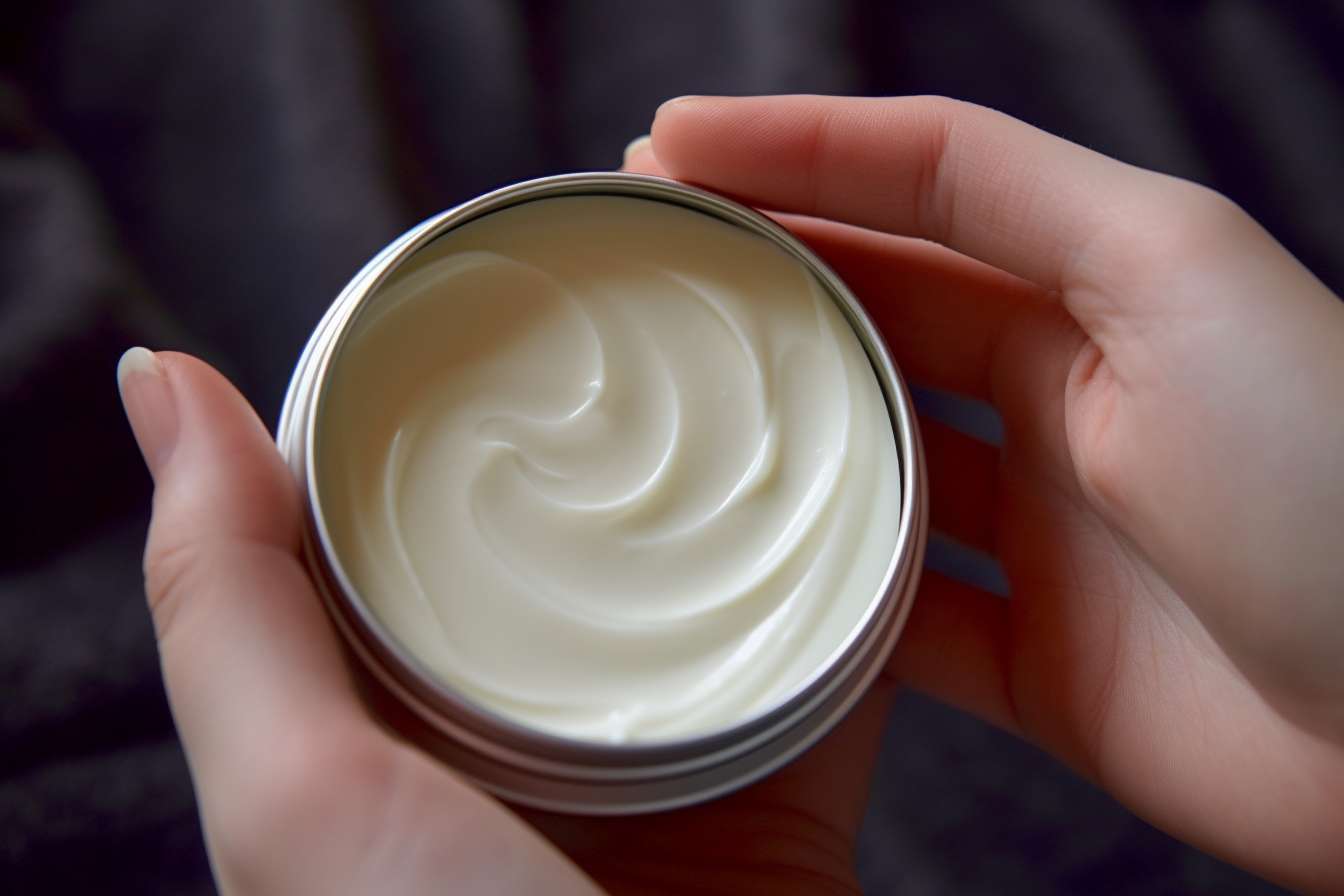Decoding the Magic of Botox: Aesthetic Science and Beyond
Botox, a name that echoes across the corridors of aesthetic clinics and celebrity dressing rooms alike, has arguably revolutionized the world of beauty and skincare. Initially introduced as a medical treatment, it has seamlessly woven its way into the tapestry of cosmetic procedures, becoming the go-to solution for smooth, youthful skin. However, its journey has been marked with controversy, from initial fears about its safety to debates about the pressure to maintain an eternally youthful appearance. This article will delve into the fascinating world of Botox, exploring its origins, its rise to stardom in the beauty industry, and its impact on society.

The Unlikely Origins of Botox
Botox, or botulinum toxin, has a rather unusual origin story. It was first identified in the 19th century during an investigation into a batch of spoiled sausages that had led to a bout of food poisoning. The bacterium responsible was named Clostridium botulinum, which produces the neurotoxic botulinum toxin, the most potent naturally occurring toxin known to science.
In the mid-20th century, scientists discovered that in small, controlled doses, botulinum toxin could be used to treat a range of medical conditions, including strabismus (crossed eyes) and hyperhidrosis (excessive sweating). It was not until the 1990s that its potential for cosmetic use was unlocked, with the realization that it could smooth out wrinkles by temporarily paralyzing the underlying muscles.
Botox: A Star is Born in the Beauty Industry
The introduction of Botox into the beauty industry marked a significant turning point. It offered a non-surgical way to combat the signs of aging, a prospect that was understandably enticing to many. From Hollywood stars to everyday individuals, Botox injections quickly became a popular choice for those seeking to maintain a youthful appearance.
The efficacy of Botox and its relatively minor side effects contributed to its popularity. However, the rise of social media and the increasing societal pressure to look perfect also played a significant role in its widespread acceptance. Today, Botox treatments have become normalized, with many viewing it as a routine part of their skincare regimen.
The Societal Impact of Botox
The acceptance of Botox has had profound implications on societal standards of beauty. The desire for a youthful appearance is not new, but the accessibility of Botox has arguably intensified this pursuit. It has also sparked debates about the pressure to uphold unrealistic beauty standards and the potential psychological impacts of these pressures.
Nevertheless, many argue that Botox, like any other beauty treatment, is a personal choice and a form of self-expression. The procedure has also been lauded for its potential in boosting self-esteem and confidence.
Current Trends and Future Directions
In recent years, there has been a noticeable shift towards “preventative Botox” - the idea of using Botox treatments at a younger age to prevent wrinkles from forming in the first place. This trend has been met with mixed responses, with critics arguing that it is pushing the boundaries of what is acceptable in the pursuit of beauty.
As for the future, the potential of Botox is still being explored. Researchers are investigating its use in treating a range of conditions, from chronic migraines to depression. In the beauty industry, the focus is on optimizing the use of Botox, with personalized treatment plans that take into account factors such as the patient’s facial anatomy and aging patterns.
Unveiling the Beauty of Botox
Botox is more than just a wrinkle-smoothing miracle. Its journey from a poisonous bacterium to a celebrated beauty treatment is a testament to the wonders of medical science. However, as we embrace the benefits of Botox, it is also crucial to engage in conversations about the societal implications of its use and the broader beauty standards it represents. After all, beauty is not merely skin deep, and the quest for a youthful appearance should not overshadow the importance of inner beauty and self-acceptance.




